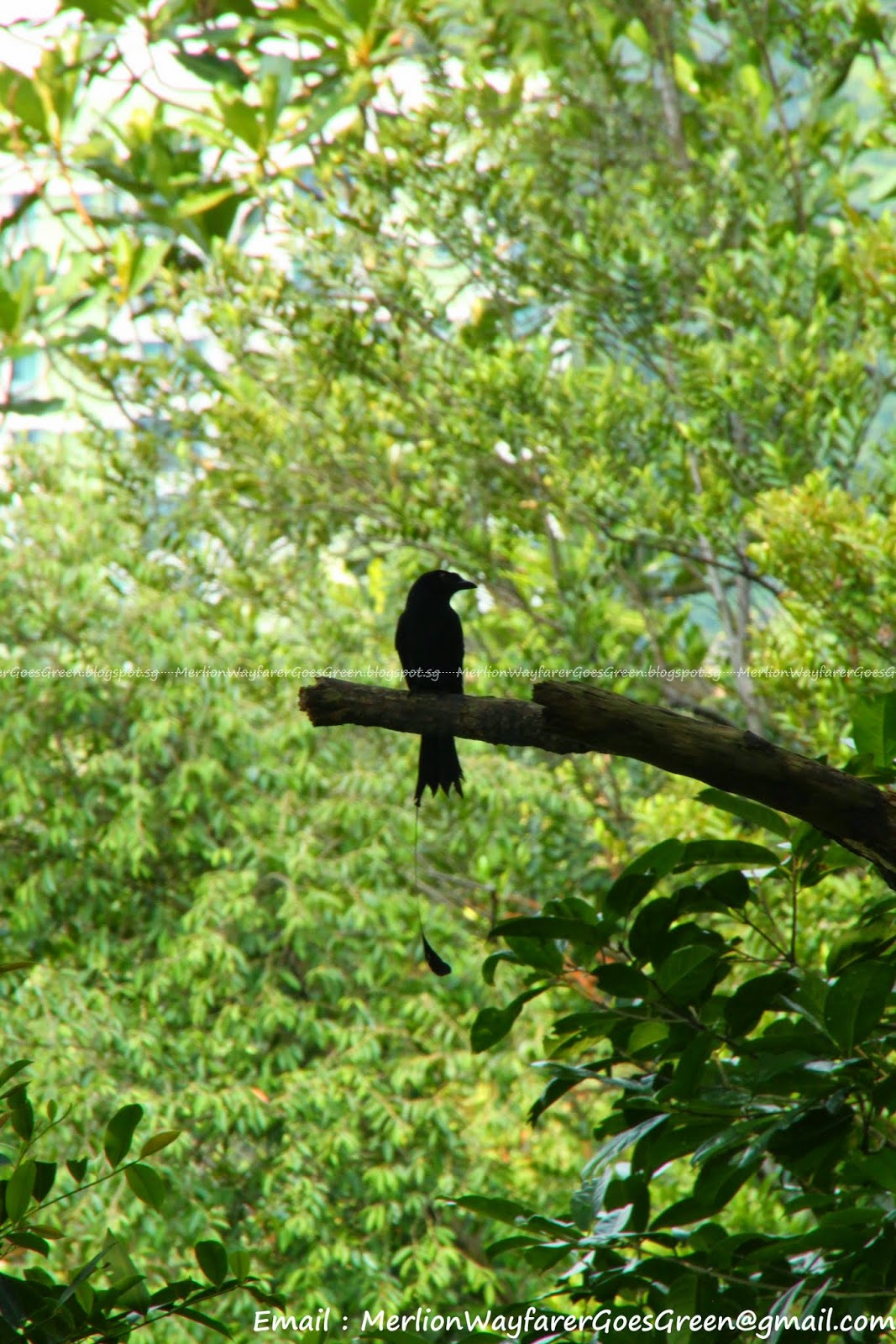Bukit Timah Nature Reserve
Central, Singapore
March 2014
Bukit Timah, being a nature reserve, is always full of surprises. Each visit turns up new finds, some interesting, some fascinating, and always refreshing...
Varanus nebulosus (Clouded Monitor) : This terrestrial lizard can be distinguished from its water-based cousin by its Its colouration comprising yellow spots on a brown-grey base...
A Cyclosa Spider hidden in the "debris" on its web...
The Nintendo-sounding male Dicrurus paradiseus
(Greater Racket-Tailed Drongo), a male with its beautiful tail...
The serene quarry view with its azure-blue water...
Flora with an interesting base...
A Tetragnathidae (Big-Jawed Spider) with a messy leaf-strewn web...
A real Cyclosa Spider on its web - See the difference?
Summiting at 463.63m one degree north of the Equator...
A not-so-usual hideout for an Argiope (St Andrew's Cross Spider) - A leaf instead of its web...
A fast-moving Salticidae (Jumping Spider) wanders about the railings...
More photos are available on :
















